Alpina’s Next Chapter: BMW Plans To Reinvent Its Most Elegant Performance Brand originally appeared on Autoblog.
Alpina And BMW: Always Aligned
Ever heard of Alpina? If you're not a BMW fan, the name may not mean much, but it's been around for more than half a century, and it's preparing for a new future under BMW ownership. Similarly to how RUF is a manufacturer of its own vehicles with their own chassis and powertrain designs and not a tuner of Porsche 911s, Alpina is a manufacturer of cars. But while RUF comprehensively reengineers the few components it doesn't design and develop in-house, and although Alpina is a separate entity from BMW, its line of high-performance luxury cars is very closely related to the Bimmers that underpin them.
BMW and Alpina have always worked hand in hand, with the latter's B7 today being produced on the same Dingolfing assembly line as the former's 7 Series. The two have become so cosy that BMW now owns the brand, and it has big plans for 2026 and beyond. But before we get there, we need to understand where Alpina came from.
Born From The Desire For Higher Performance
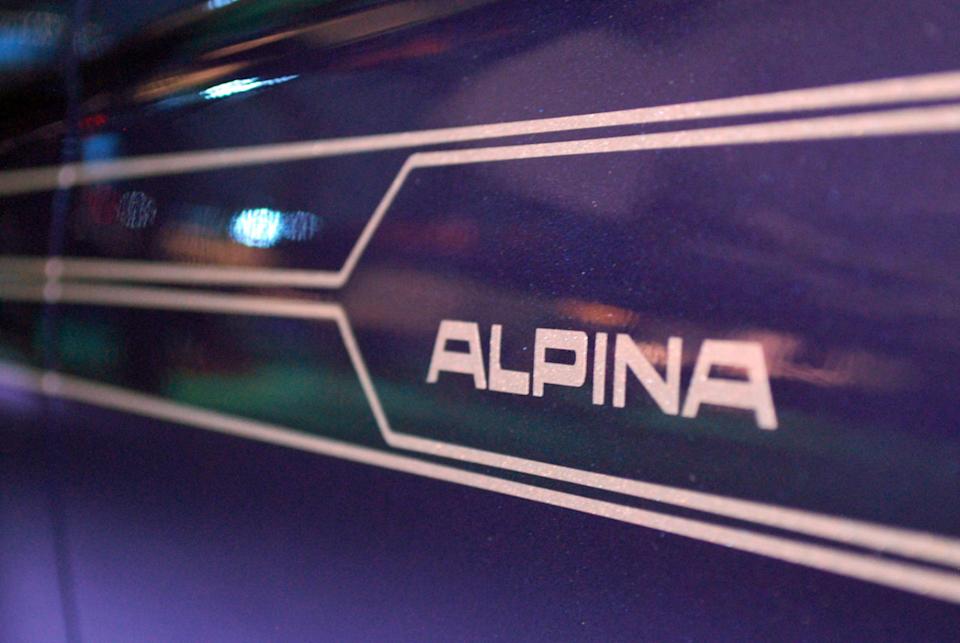
The original Alpina brand produced typewriters, but it disappeared by the end of the 1960s after attempting to move into textiles. Alpina as we know it was founded in 1965 by Burkard Bovensiepen in an outbuilding of the original typewriter factory, though its true genesis began in 1962 when the man developed a Weber dual carburetor for the BMW 1500. BMW itself was impressed, and in 1964, it certified the quality of the Alpina component by providing a full factory guarantee, leading to more revised carburetor, crankshaft, and cylinder head products. Come 1967, the current Alpina logo was created, incorporating a dual carburetor and a camshaft. By 1970, with nearly ten times the workforce, Alpina relocated to its current location in Buchloe, a town in Bavaria roughly 45 miles from Munich. That year, Alpina cars won the European Touring Car Championship, the Spa 24 Hours, the German Hillclimb Championship, and other track and rally racing championships. The company withdrew from racing in 1988. Its reason? Capacity restrictions were limiting its competitive chances, but just as importantly, the company was preparing a new line of BMW Alpina road cars after becoming recognized as an automobile manufacturer by the German Federal Ministry of Transport five years earlier.
What Alpina Does Now
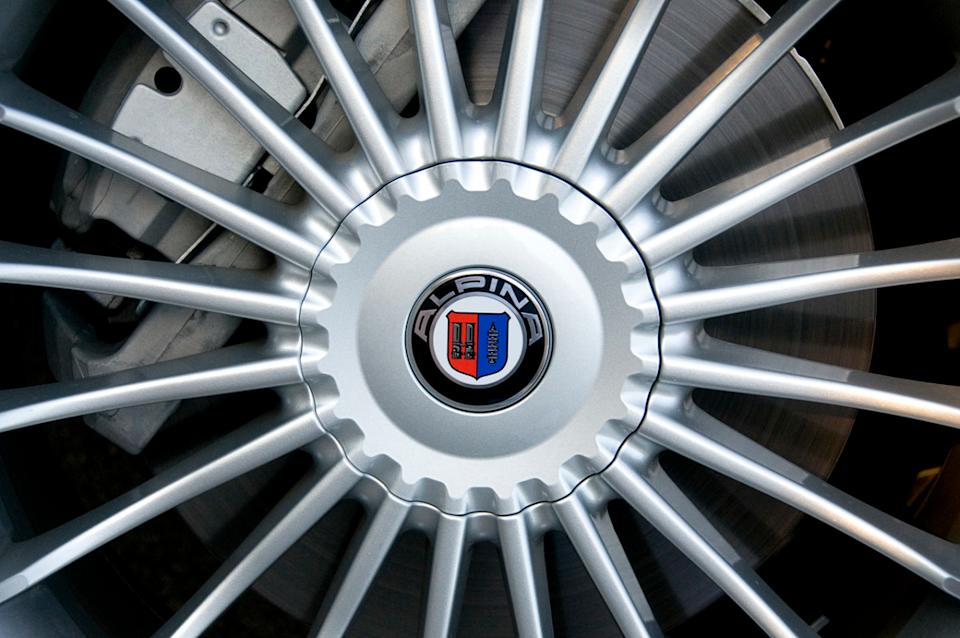
It's worth noting at this point that the E30 BMW M3 arrived in 1986 and became the most successful racecar in history, despite only having a four-cylinder engine. Not the most successful BMW - the most successful racecar. With roadgoing Alpina cars being hand-manufactured in lower volumes and BMW M cars now in existence to cater to performance enthusiasts, Alpina leaned further into its luxury image, and while many Alpinas can be more powerful and faster in a straight line than some similar Bimmers, they're intentionally never as sharp.
Examples of its creations include the B3, a G20 3 Series-based sedan that uses the S58 engine from the M3 but with less power (456 hp versus 503) and more torque (516 lb-ft versus 479). Basically, if you see a B3 badge, you're looking at a more powerful, more luxurious 3 Series; if you see a B5, you're looking at a more powerful, more luxurious 5 Series. Alpinas with a D instead of a B in their name are modified versions of diesel-powered Bimmers. Tell-tale signs of Alpina fettling are the multi-spoke wheels, pinstripe body detailing, and additional vanes on bodywork, particularly on the front spoiler and rear fascia. Green and blue are its preferred paint colors, though more are available.
With that close relationship with BMW, Alpina cars (both diesel and gasoline-powered) continue to be serviced and covered by BMW dealerships and warranties, despite being sold and registered without any mention of BMW. The differentiation will become less clear soon, however.
How Alpina Is Preparing To Evolve
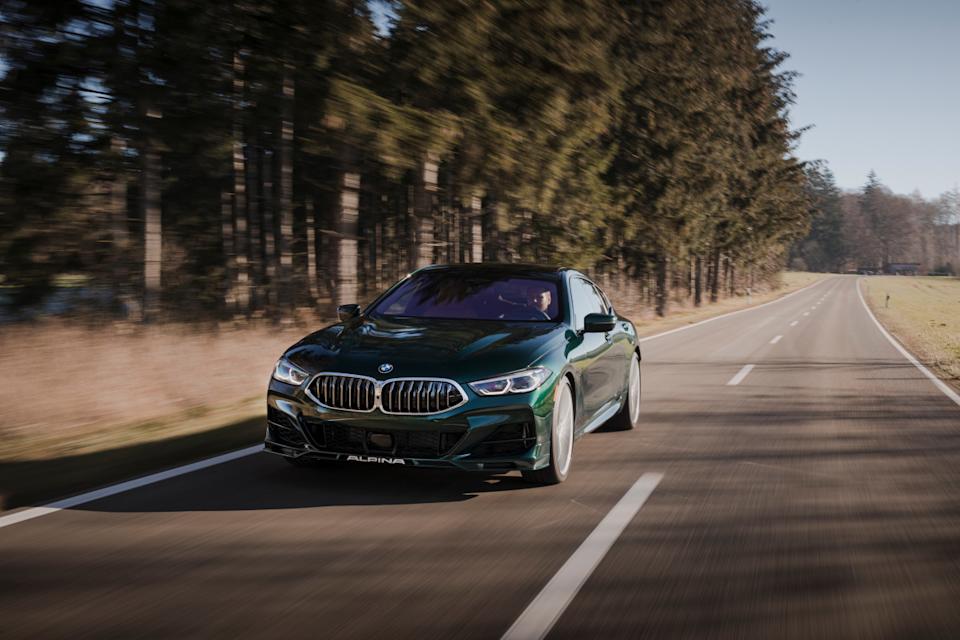
View the 3 images of this gallery on the original article
In 2022, the BMW Group announced that it had acquired the rights to the Alpina brand in full, a year after Alpina had achieved the most successful year in its history. At the time, the pair said that the existing "long-standing cooperation agreement" that was extended by five years in 2020 would expire on 31 December 2025. The reason for the change in ownership was described as follows:
"The transformation towards electromobility and increasing regulation worldwide - particularly emissions legislation, software validation, and requirements for driver assistance and monitoring systems - results in significantly higher risks for small-series manufacturers. The management of Alpina Burkard Bovensiepen GmbH + Co. KG is addressing this with a strategic realignment that will secure the long-term viability of the Buchloe operations."
Basically, Alpina builds too many cars to dodge emissions in the same way that ultra-low-volume manufacturers like Pagani and Koenigsegg might, but too few to have the engineering might and software expertise to be adequately prepared for an uncertain future. The gas-powered Porsche Macan crossover and 718 sports car were discontinued in Europe because their architecture could not accommodate new cybersecurity regulations, so the threat is real. And although emissions targets in Europe have been mildly relaxed and those in the U.S. have been all but eliminated, reducing carbon emissions remains an important goal for all automakers, and having the financial might of BMW fully behind the brand will surely lead to other opportunities.
What We Might Expect
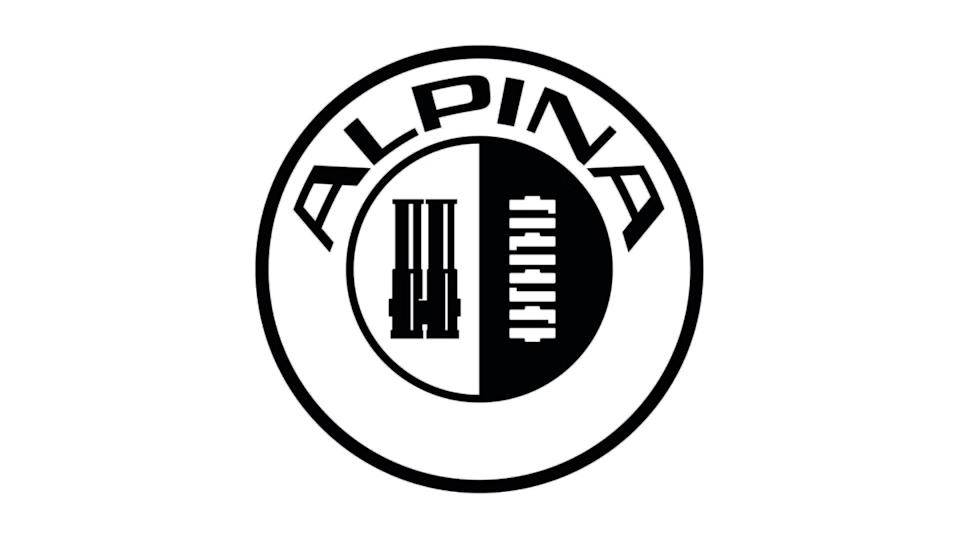
The 2022 announcement confirmed that the sale of Alpina trademark rights would result in the discontinuation of the current Alpina vehicle program at the end of 2025, affecting jobs at the Buchloe site. This could imply that either Alpina-branded vehicles will eventually be made at BMW factories exclusively or that overall Alpina production volumes will be significantly reduced, potentially to produce even rarer, more profitable BMW-based creations. BMW has been expanding access to its Individual color palette and launching M Performance kits for just about every car with an M badge, indicating that more and more buyers are happy to spend a few thousand extra on customization. At the same time, the sold-out 3.0 CSL, Skytop, and Speedtop prove that there's a strong appetite for high-end Bimmers that cost six figures, so long as they're produced in low volumes.
With the BMW Group also owning Rolls-Royce, it looks like a logical move to position Buchloe's products between Munich's and Goodwood's. If the Speedtop could be a success despite being based on the slow-selling 8 Series, perhaps Alpina could be just as successful in presenting some bespoke creations of its own at the annual BMW-backed Villa d'Este Concours d'Elegance.
A recent Autocar interview with BMW Group Head of Design Adrian van Hooydonk did not reveal anything about a bespoke Alpina model just yet, but he did say that while Maximillian Misoni's styling of future Alpinas will share "one design language" with BMW, each brand would have distinct identities. Whatever the future holds, a new logo discovered by CarBuzz suggests that the changes from next year will be evident throughout the company. The revised imagery does away with the traditional shield shape that houses the Alpina brand marks, now enclosing them in a roundel that aligns the Alpina corporate identity even more closely with BMW's. This follows a new wordmark discovered by the BMW i5Talk forum in 2023, so BMW is certainly evaluating multiple ways of representing the brand from 2026. Keep an eye on the shores of Lake Como next year - we have a sneaking suspicion BMW will relaunch the brand at Villa d'Este.
Alpina’s Next Chapter: BMW Plans To Reinvent Its Most Elegant Performance Brand first appeared on Autoblog on Aug 10, 2025
This story was originally reported by Autoblog on Aug 10, 2025, where it first appeared.
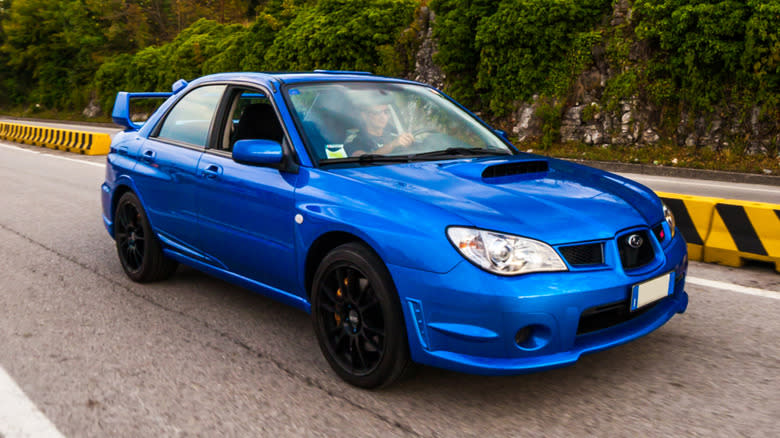
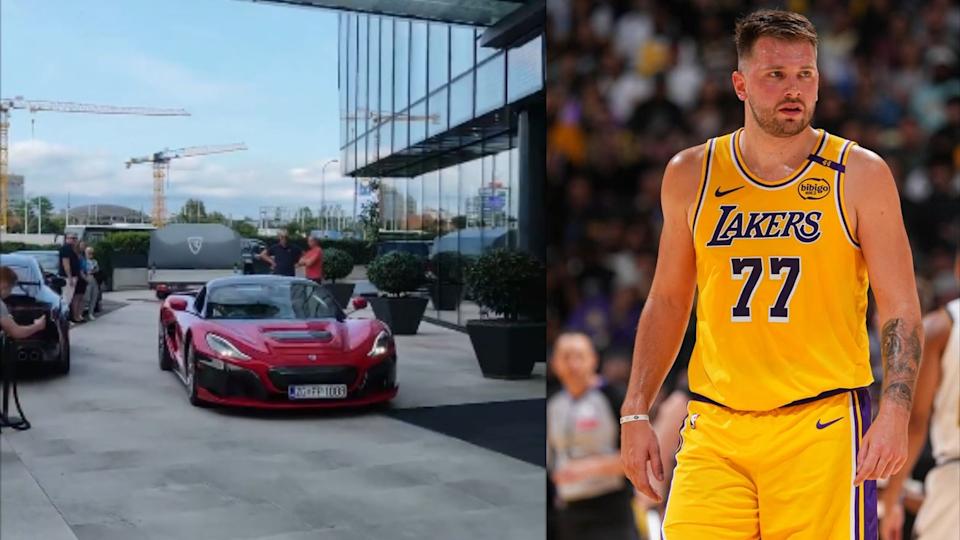
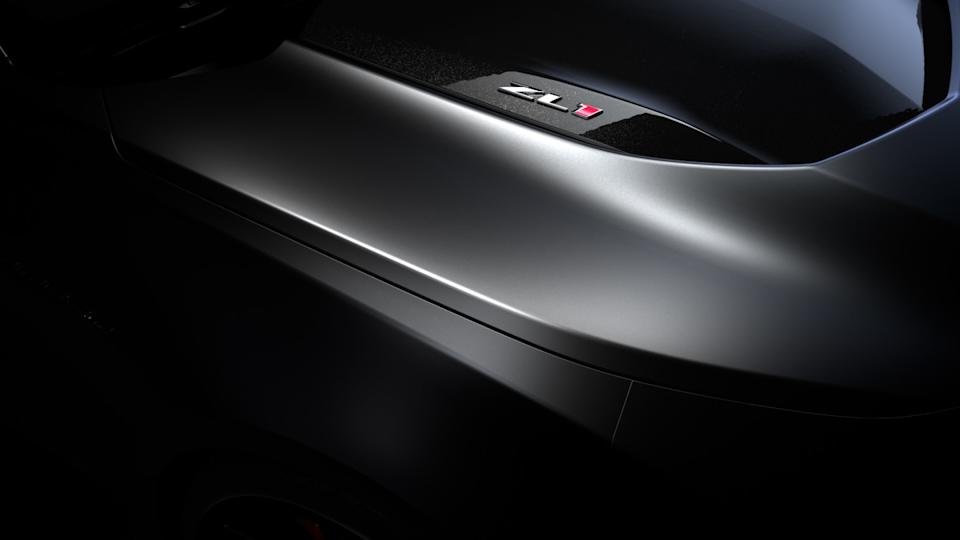
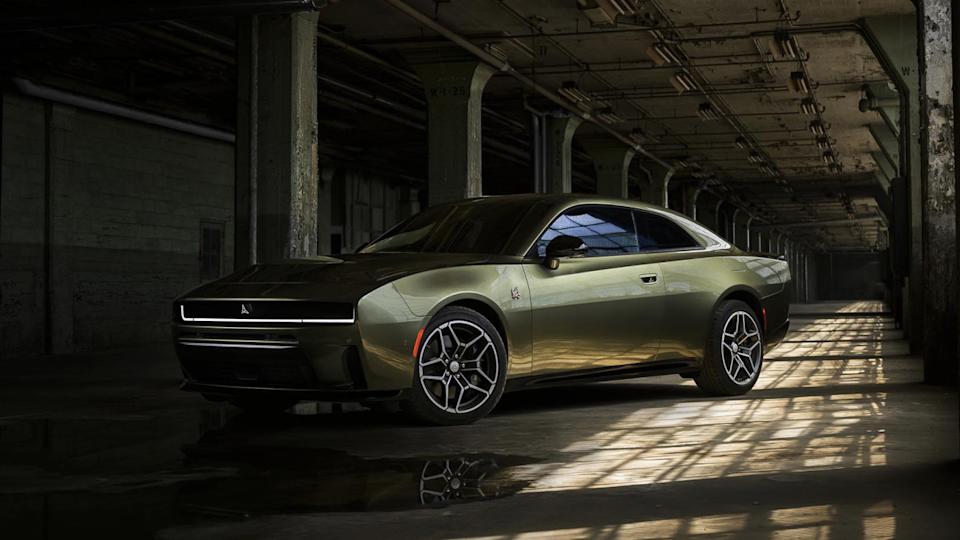
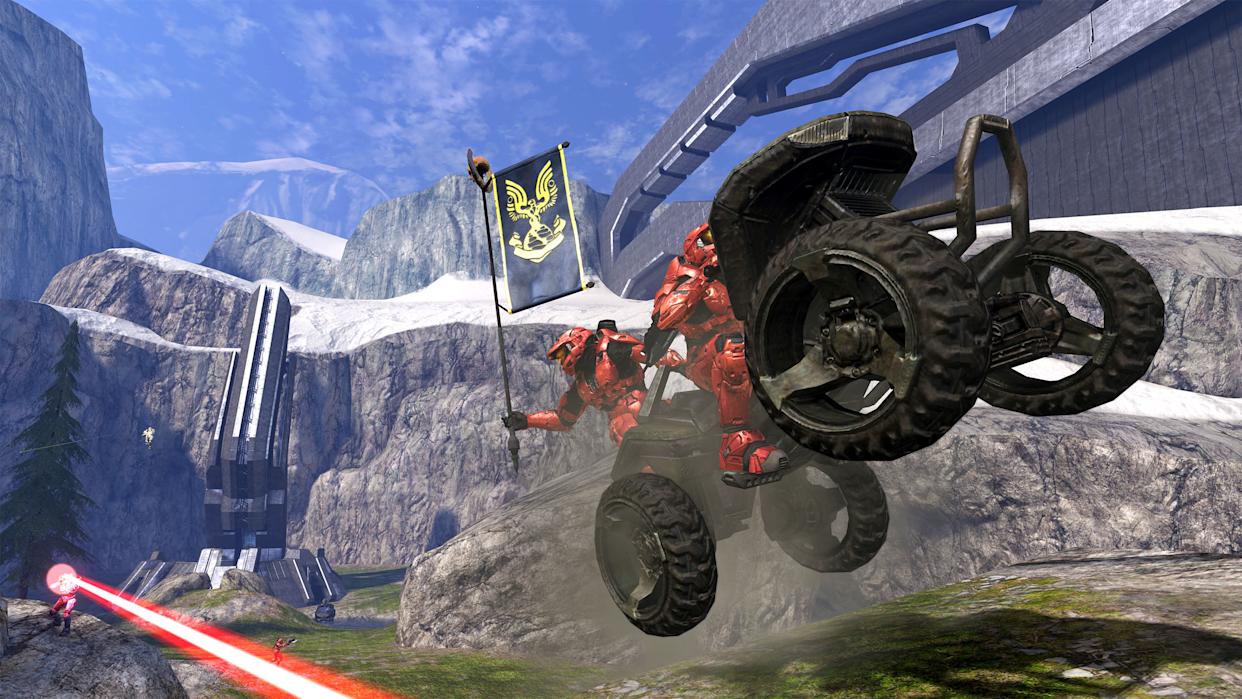
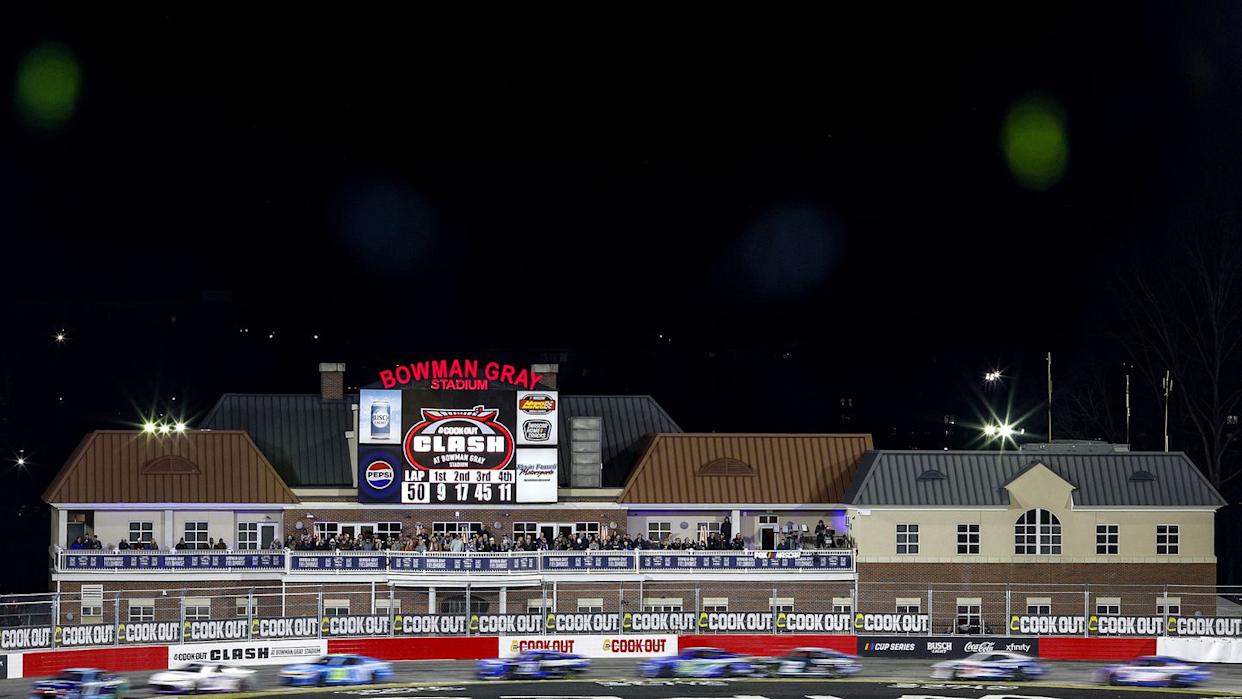
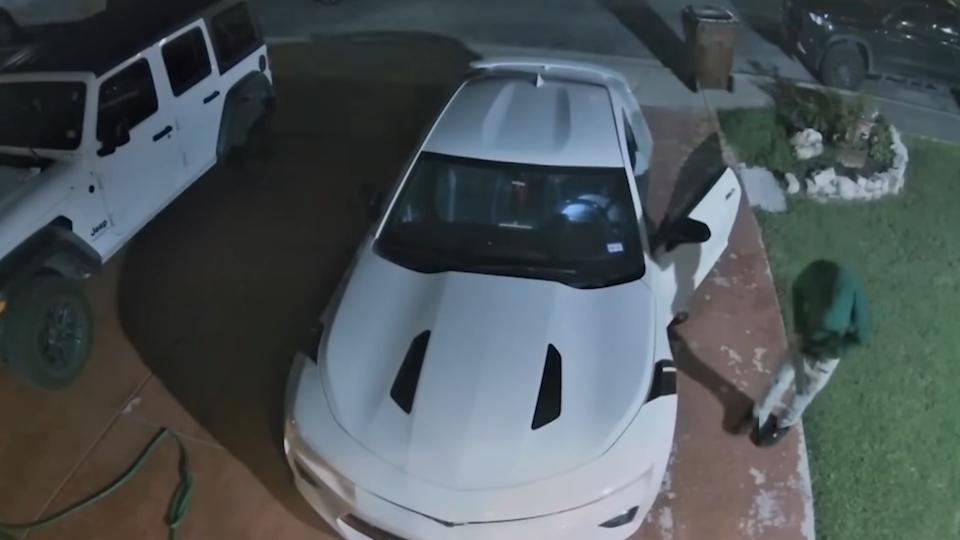
Comments